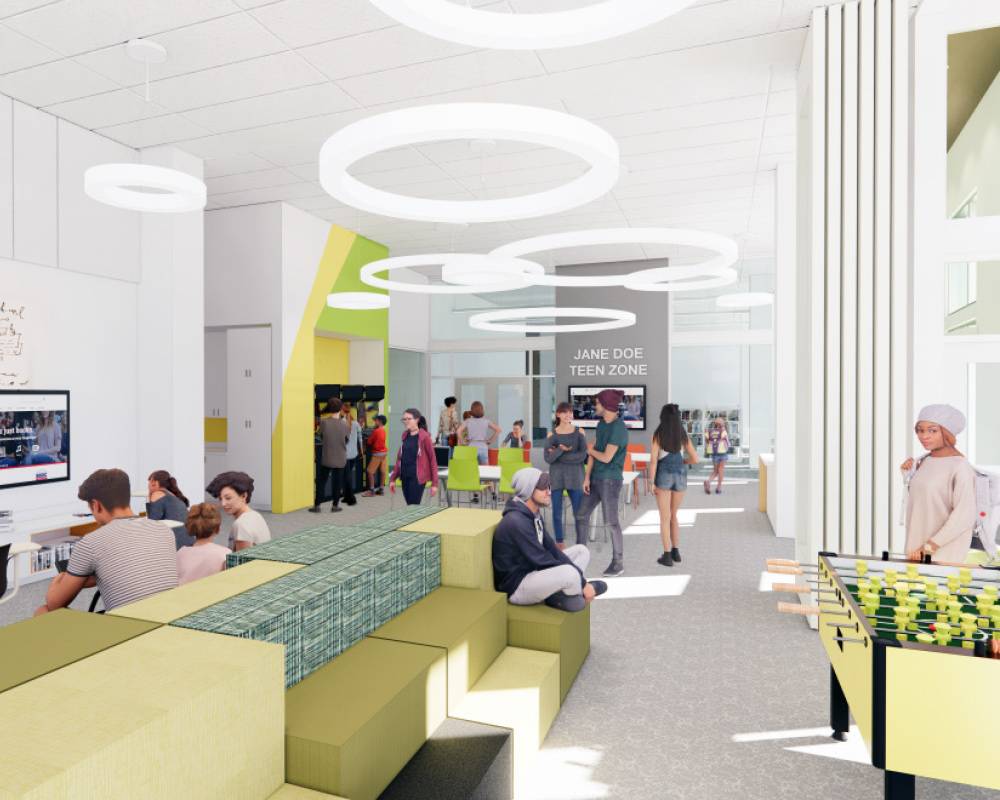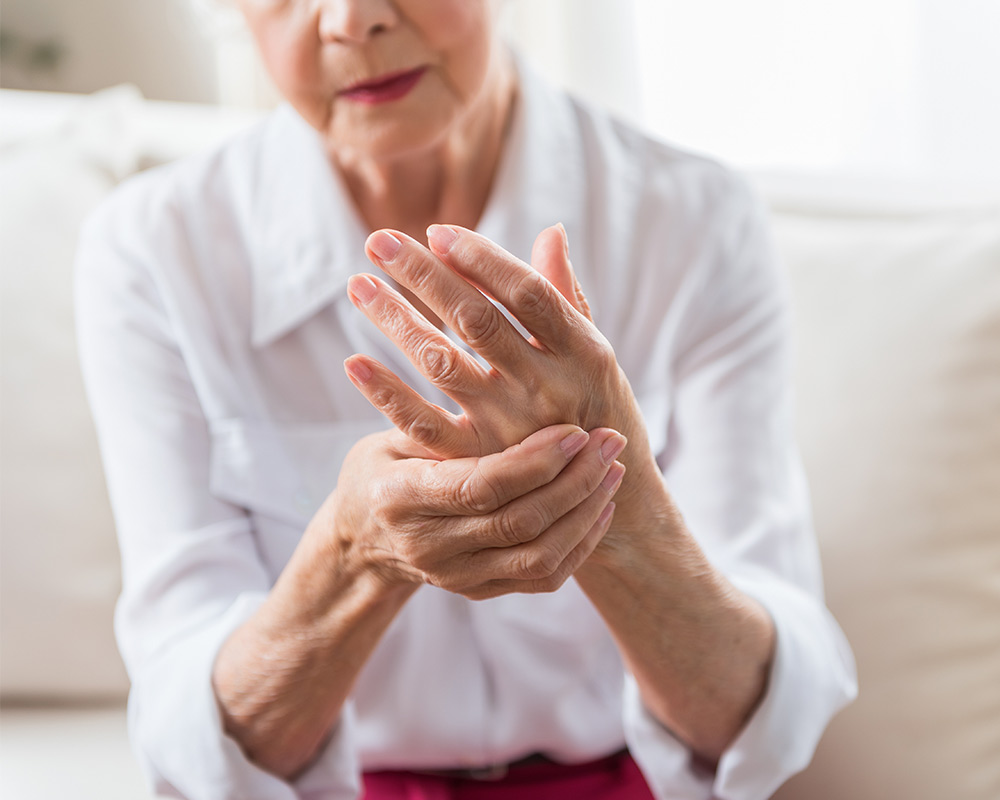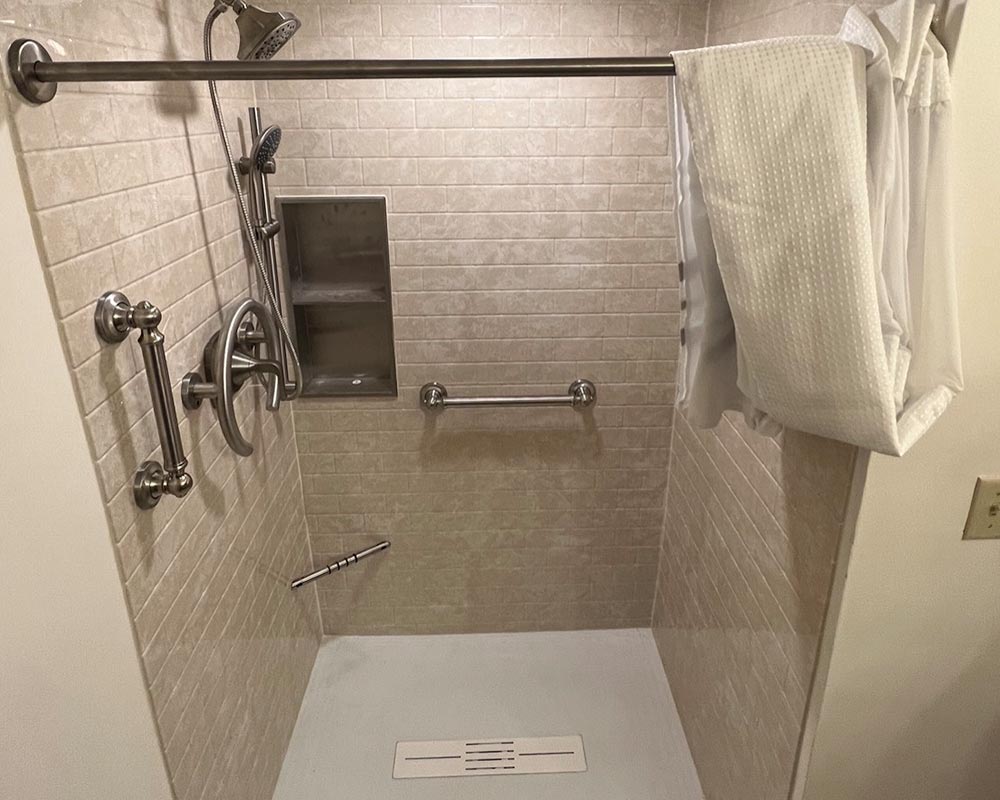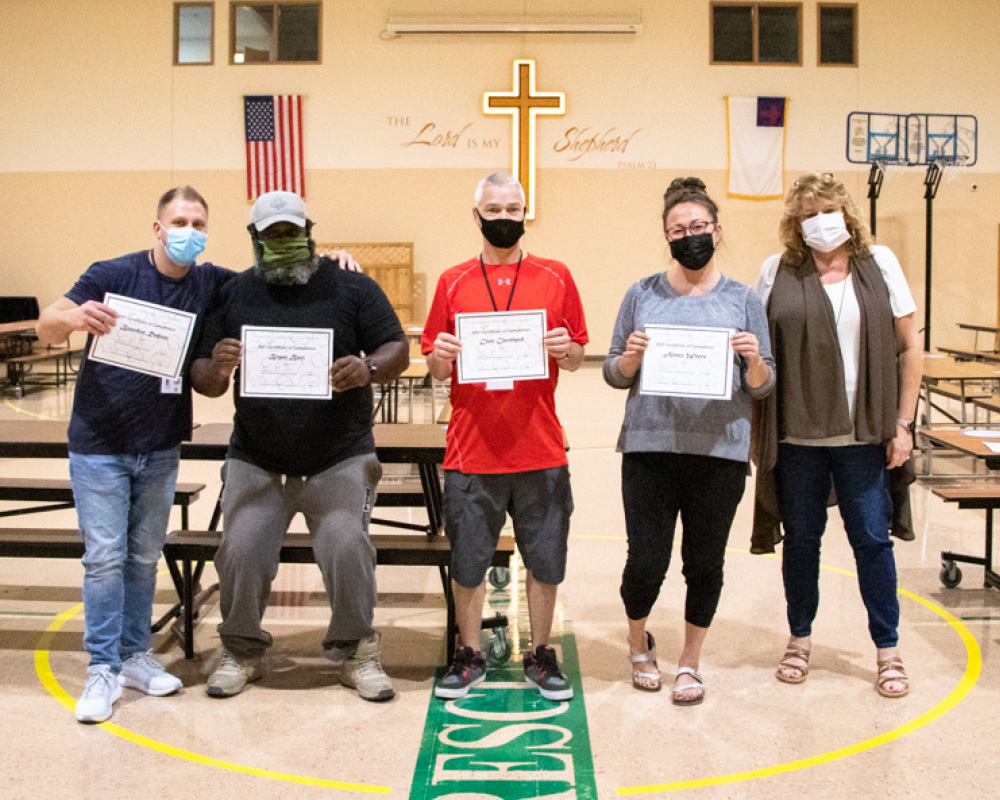Take a walk around Rockford Rescue Mission and there’s a good chance you’ll see or hear the word “hope.” Hope for recovery. Hope for change. Hope for a better life.
“We love the word hope,” says Sherry Pitney, CEO. “It’s all over the building, and as long as I’m here, it’ll be here.”
That message of hope is a driving force behind the Mission’s Men’s and Women’s Life Recovery Program, designed to put residents on a strict plan that provides addiction recovery, spiritual guidance, and educational and vocational training.
“It’s primarily for those who are struggling with some sort of self-destructive lifestyle, like substance abuse,” Pitney says. “Some have bottomed out in life, some are here through court order and some are brought by their parents or referred to us by other people. They need more than a 30-day treatment program and they want to focus on the spiritual.”
Residents in the program get to the root of their compulsive behaviors while transforming their lives with the help of Jesus Christ. They also use the Genesis Process, a Bible-based recovery program created to help residents face their destructive behaviors. There are more than 30 men and 15 women in the program currently.
The program is separated into a series of stages. The first is a social detox where participants spend 30 days away from the outside world. During this phase, residents are introduced to the Word of God.
“It’s an opportunity to come in and get totally restored,” Pitney says. “The first 30 days are a chance for people to get their heads clear because a lot them are tired and depleted of things. They might have bad nutrition, or they haven’t rested. Some people even start to wonder what they got themselves into.”
As part of this phase, people get proper rest and start eating well.
“They’re just coming off their drug or substance and many of them may need a health assessment,” Pitney says. “This gives them a chance to get stabilized.”
In the second phase, residents get involved in the Works! Center, the Mission’s work therapy and education center, which provides training for anyone looking to get back in the workforce.
Residents can also get involved with music and art, which helps the healing process. They’re able to take their minds off whatever is holding them down while they express themselves.
Life Recovery residents also can get involved with art therapy and Remade programs. Remade participants create or refurbish vintage goods, unique pieces of art and home decor. The items are sold at Nettie’s Mercantile, next door to the Mission at 625 W. State St.
“The women have an art class and the men have a workshop,” Pitney says. “They’re doing some amazing things.”
Residents can also participate in various vocational training programs, where they receive real-world skills like painting or working as a chef in the kitchen.
“They can be a guest chef and they learn the skills of how to plan, prepare and serve a meal for hundreds of people in a single setting,” says Abby Finley, marketing and communications director. “It’s been cool to see some of our residents jump into that and really enjoy planning a meal from the food we have in our pantry. This is also a way for them to give back to the community.”
As part of the Genesis Process, residents meet with an advocate who helps residents get a better idea about where their addictions stem from.
“They get into some things that really hurt, and we want to make sure they’re in a good place, because this can take up to five to six months and we don’t rush the program. This helps them find out what their pain is and where it’s coming from.”
When that portion of the program is completed, the residents graduate. Once that happens, they can move into transition, or after care.
“After nine to 12 months, a person is ready to step out and get a job, but they can stay here for up to two years,” Pitney says.
“Most of them aren’t ready to just go out and do life on life’s terms, so they have that covering from the Mission for awhile. If they have a job, they pay an amount back into the Mission, just like paying rent, like we do in the real world.”
When we think about the Mission, we might only think about the food and shelter it provides. The Life Recovery Program offers more hope for the long haul.
“People need a safe place to come and rebuild their lives around people who love them, and the Lord plays into that, too,” Finley says. “God is our ultimate hope. He’ll walk with you through anything and there’s never a day where you can’t have hope.” ❚

















